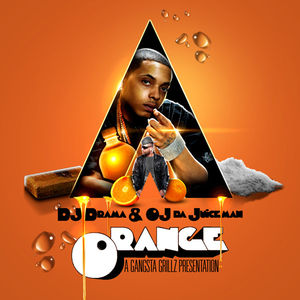Despite the author’s vehemently expressed contempt, popular culture enthusiastically embraced the imagery and themes of A Clockwork Orange – especially once Stanley Kubrick turned it into a notorious film in 1972. The distinctive language of the book, which had earlier captivated Rolling Stones manager Andrew Loog Oldham, found favour with David Bowie at the height of his popularity. He used the term ‘droogie’ in ‘Suffragette City’, a song from his 1972 Ziggy Stardust album, while opening concerts with Beethoven’s Ninth Symphony, as used in the film’s soundtrack. Bowie was also among the first to appropriate the look of Kubrick’s version, which inspired his stage costumes of the era. Later in the 1970s, the Korova record label took its name from the novel’s ‘milk-plus mesto’ bar; names taken directly from A Clockwork Orange include those of Sheffield-based bands Heaven 17 (the film has The Heaven Seventeen at number 4 in the charts with ‘Inside’) and, later, Moloko – one of the words Burgess transliterated from Russian, where it means milk. He also referenced the Soviet state record label, Melodia, through Alex, as a record shop: “the disc-bootick I favoured... a real horrorshow mesto and skorry, most times, at getting the new recordings.”
The official soundtrack gave another twist to Burgess’s vision – Kubrick gave it the same prominence and single-minded attention to detail as he had the film’s overall design. He was contacted by electronic music pioneer Walter (later Wendy) Carlos, who he then commissioned to interpret the score on Moog synthesiser. For the main theme, ‘March from A Clockwork Orange’, Carlos and collaborator/producer Rachel Elkind used the choral movement of Beethoven’s Ninth Symphony, with the vocal part featuring the first known recording of a vocoder. This appeared alongside other electronic re-workings of Beethoven, Elgar and Rossini, which built on the success of Carlos’s earlier ground-breaking experiment in applying modern technology to classical standards, 1968’s celebrated album Switched-on Bach. The original songs on the soundtrack included ‘Timesteps,’ described by Carlos as an “autonomous composition with an uncanny affinity for Clockwork” and which is “still considered one of the landmarks of electronic music.” Not entirely satisfied with the official album which accompanied the film, as it excluded much of what they had recorded, Carlos and Elkind shortly released their own score for A Clockwork Orange, which “brought together all the music that Wendy suggested, arranged and / or composed for this remarkable film.”
 |
| Wendy Carlos in her New York studio |

 |
| The Simpsons, among other representations of A Clockwork Orange |




No comments:
Post a Comment